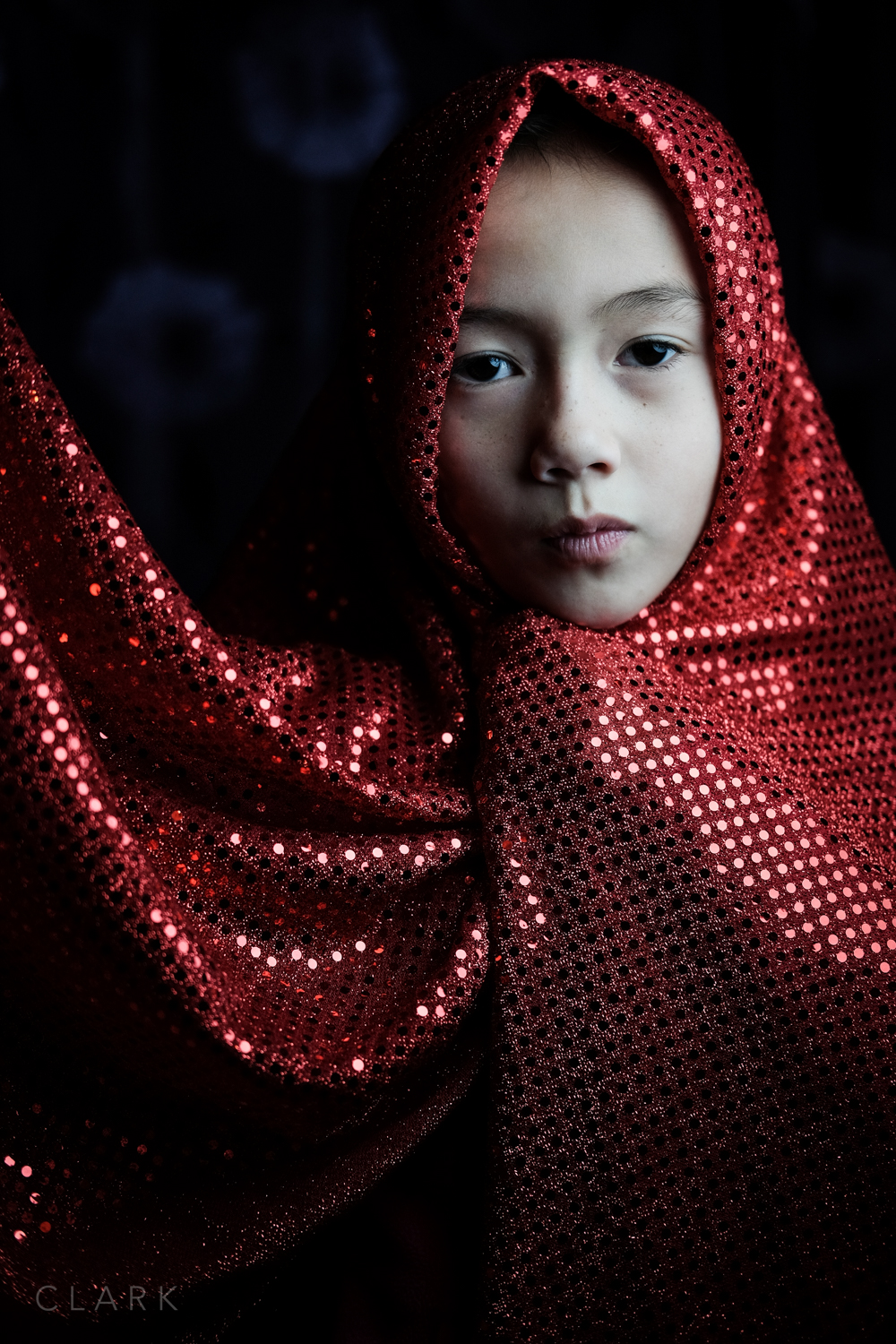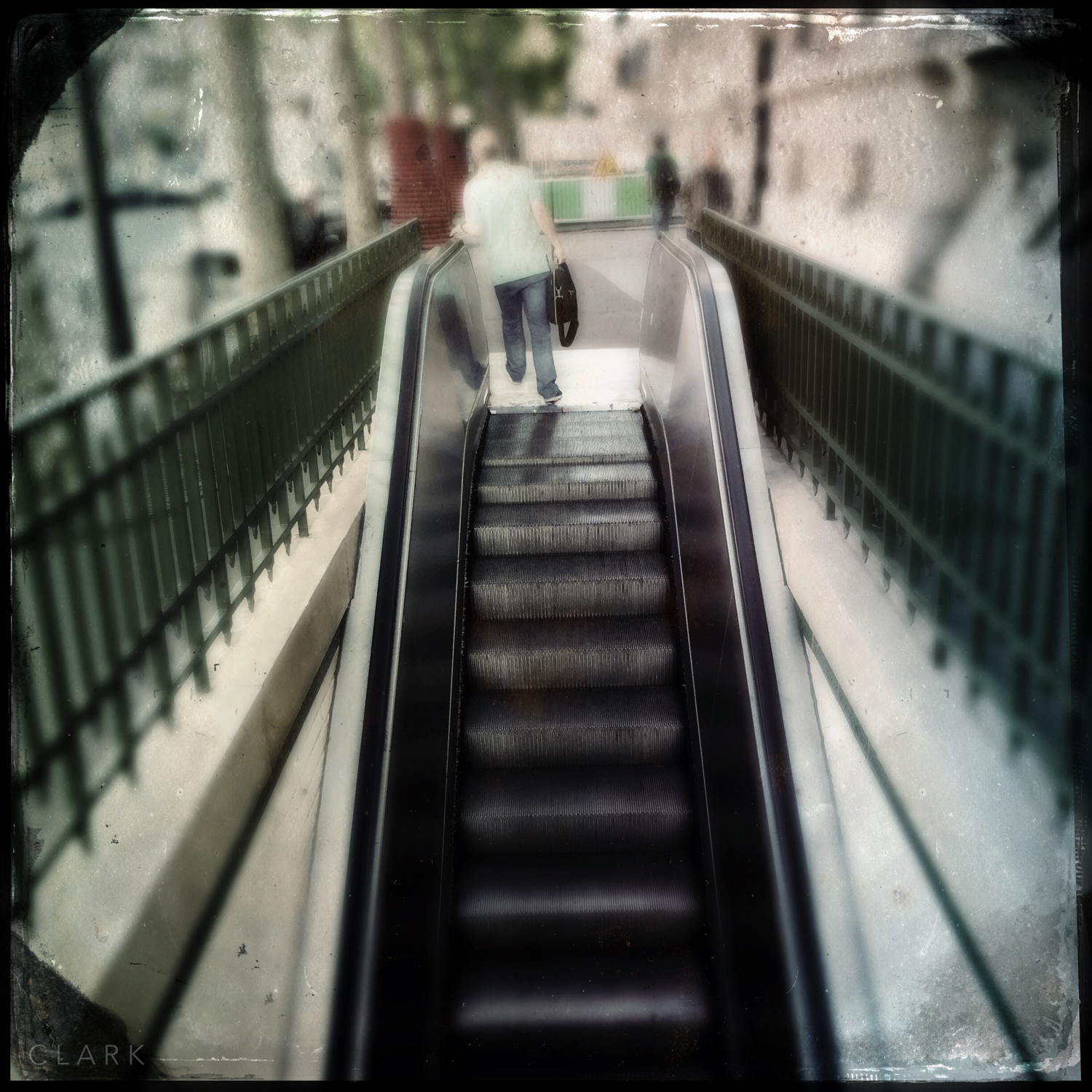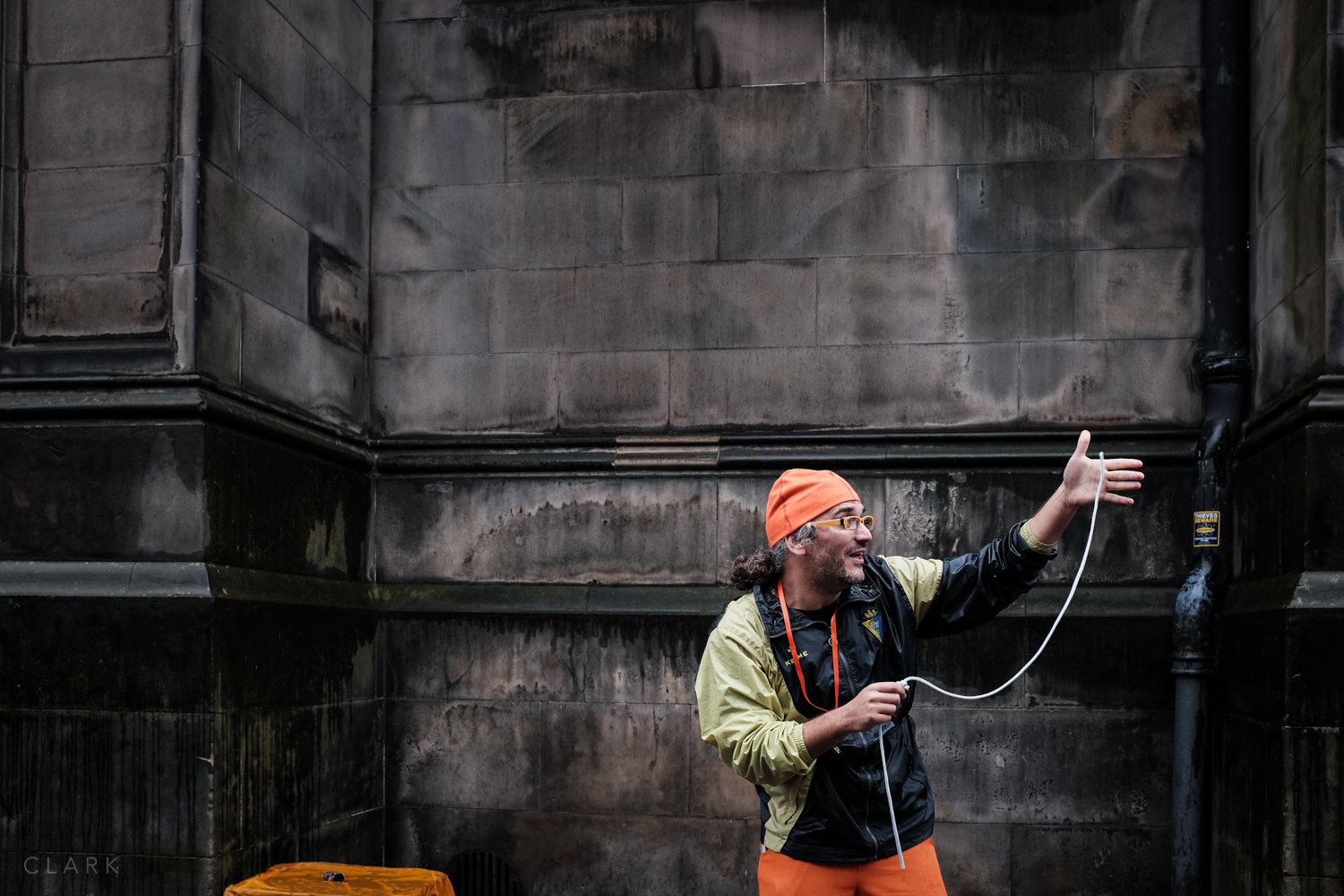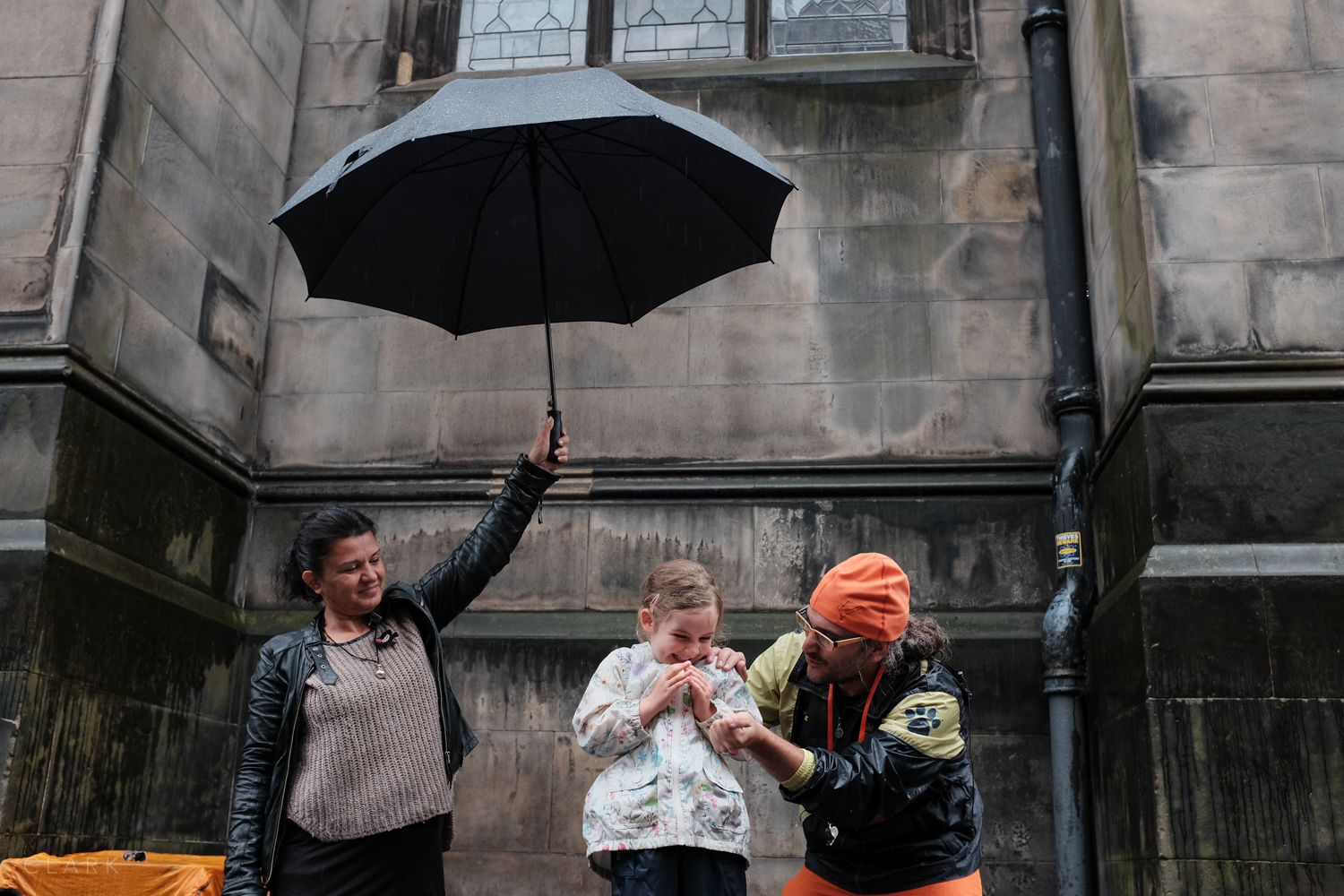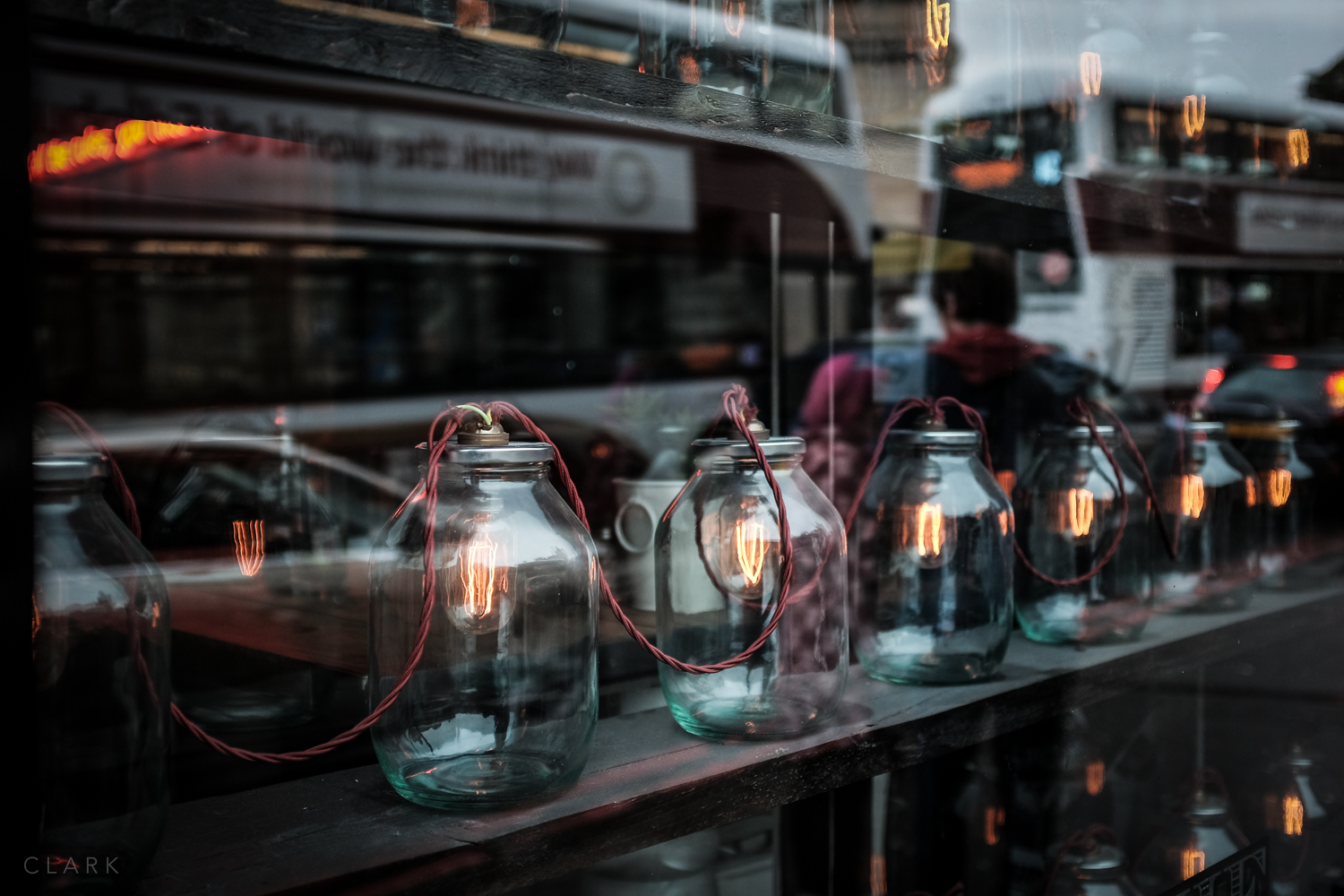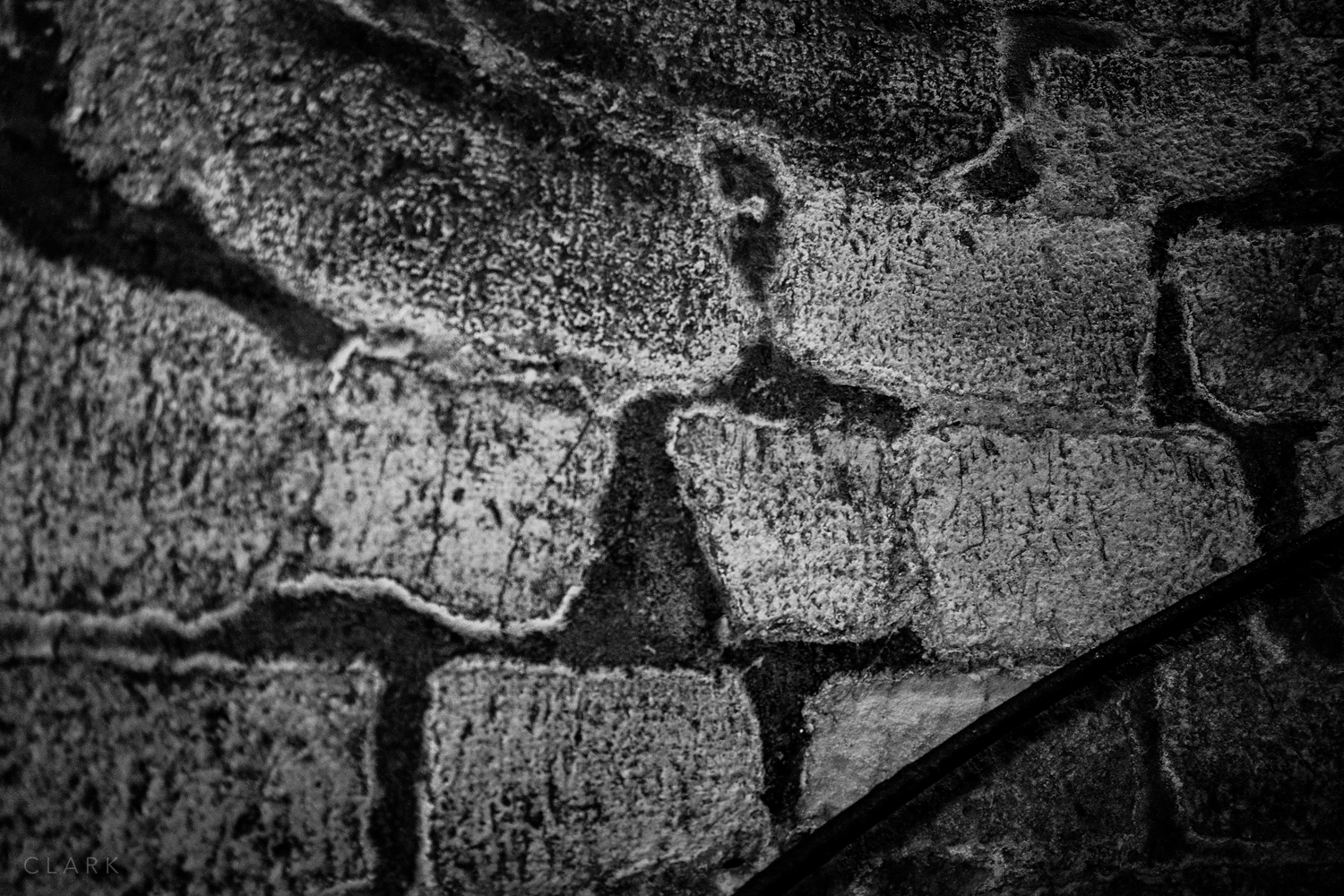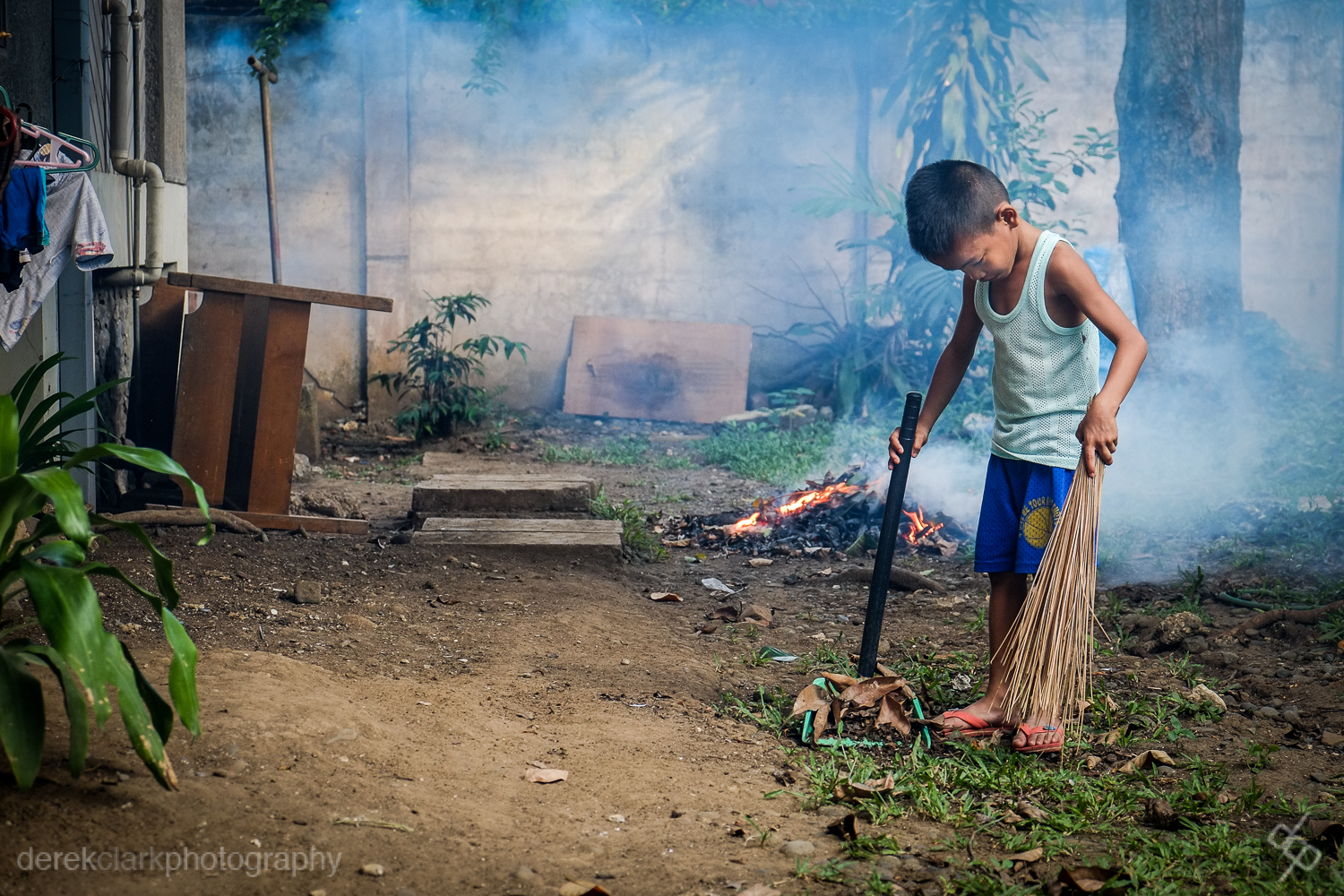 I've been shooting Project Jazz now for over two years. The project started as a one-off shoot with The Scottish National Jazz Orchestra to feature as a story on The Kage Collective website, but it quickly grew legs as a long term project with no end. My love of jazz and mutual interest with orchestra leader Tommy Smith in documenting the scene has just naturally evolved into something bigger and more important than originally planned.
I've been shooting Project Jazz now for over two years. The project started as a one-off shoot with The Scottish National Jazz Orchestra to feature as a story on The Kage Collective website, but it quickly grew legs as a long term project with no end. My love of jazz and mutual interest with orchestra leader Tommy Smith in documenting the scene has just naturally evolved into something bigger and more important than originally planned.
One of the offshoots from doing all this work with the jazz orchestra is to have my pictures used in promotional pieces and album covers. I covered the recording session with the SNJO and saxophonist Bobby Wellins for the Culloden Moor Suit CD and those pictures were used on the inside cover. More recently the live recording of guest pianist Makoto Ozone was released as a CD with the strange title of Jeunehomme. My photographs from that concert were used exclusively for the CD. I used two copies of the CD for the photo below. The CD is on sale HERE

The cover shot was taken with the 56mm lens at f1.2. I focused on Makoto's hands because he is a pianist and those fingers are where the magic comes from. I had already shot saxophonist Courtney Pine from the same position the month previous, so I knew I could get enough shallow depth of field creaminess at f1.2 to make his hands stand out.

There's a lot of work involved in shooting these gigs and spending days in Lightroom editing, but it really is a labour of love and something I see as important. I've stood alone backstage with many amazing musicians just before they walked on stage, and I've been a fly on the wall to some great musical moments and it's all down to a camera.

This is the only wide angle shot from Jeunehomme. It was taken with the XF 14mm f2.8, a lens that I no longer own as I upgraded to the newer 16mm f1.4. I'll miss the 14mm, but I need the faster lens more than I need that extra couple of mm. Plus, the 16mm comes in at 24mm in full frame terms and that's a focal length I've always liked. My last shoot with the 14mm (the day the 16mm arrived) was actually at the recording session with The BBC Scottish Symphony Orchestra for Tommy Smiths latest project. More on that very soon.












